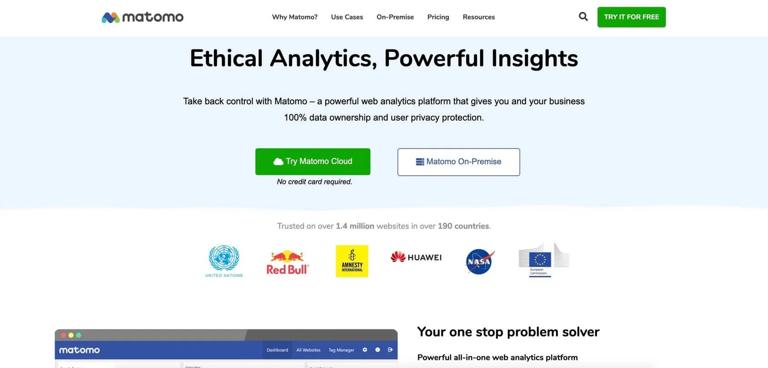
What Is the Dow Jones Industrial Trading At? Insights for the Modern Trader
Ever caught yourself wondering, 鈥淲hat is the Dow Jones Industrial trading at today?鈥?For seasoned investors and casual market watchers alike, the Dow Jones Industrial Average (DJIA) isn鈥檛 just a number鈥攊t鈥檚 a barometer of economic sentiment, a pulse on corporate performance, and a guidepost for financial decision-making. Whether you鈥檙e sipping coffee at your favorite caf茅 or glancing at your phone during a morning commute, that number can shape strategies, spark conversations, and even influence your portfolio moves.
Understanding the Dow Jones Industrial Average
The Dow Jones Industrial Average represents 30 of the largest, most influential U.S. companies. Think giants like Apple, Microsoft, and Coca-Cola. Unlike broader indices, the Dow focuses on industry leaders, making it a unique lens through which to observe market trends. When someone asks about 鈥渨hat the Dow is trading at,鈥?they鈥檙e essentially trying to gauge the market鈥檚 overall health, risk appetite, and investor sentiment at that very moment.
Historically, the DJIA has been more than a collection of numbers鈥攊t鈥檚 a story of innovation, resilience, and economic cycles. During the tech boom, companies like IBM and Intel propelled the index upward, while economic downturns reflected in sudden dips. For traders, understanding these patterns is crucial; numbers alone don鈥檛 tell the full story without context.
Multiple Assets, One Strategy
Trading isn鈥檛 just about stocks anymore. Forex, commodities, crypto, options, and indices like the Dow all offer pathways to diversify and hedge risks. A trader might watch the Dow鈥檚 movement to predict market sentiment while simultaneously leveraging forex pairs or commodities to balance exposure. For example, if the Dow dips due to tech sector weakness, investors may pivot toward gold or Bitcoin as alternative stores of value. This multi-asset approach isn鈥檛 just smart鈥攊t鈥檚 increasingly necessary in a market defined by volatility and global interconnectivity.
Decentralized finance (DeFi) has further expanded possibilities. Imagine using blockchain-powered platforms to trade indices or commodities with transparency, security, and reduced intermediaries. Platforms equipped with advanced charting tools, AI-driven analysis, and smart contract functionalities allow traders to execute strategies more efficiently, monitor risk, and even automate trades. However, with innovation comes responsibility鈥攍everage magnifies gains, but it also amplifies losses, making risk management a non-negotiable part of modern trading.
Leveraging Technology for Smarter Decisions
Charts, analytics, and AI tools are no longer optional; they鈥檙e essential. Traders who integrate machine learning algorithms to detect trends, predict volatility, and optimize entry and exit points gain an edge. For instance, analyzing Dow futures alongside macroeconomic indicators can help anticipate market swings, while AI-driven pattern recognition might highlight subtle shifts in sector performance before they hit mainstream news.
Yet, technology isn鈥檛 just about speed鈥攊t鈥檚 about reliability. In an era where market-moving news can emerge within minutes, having real-time updates, robust security, and clear visualization tools can prevent costly errors. Picture a trader relying on outdated data or unsecured platforms; even a slight delay or breach can result in missed opportunities or significant losses.
The Future of Trading: AI, Smart Contracts, and Decentralization
Looking ahead, decentralized trading and AI-driven platforms are set to redefine how we interact with markets. Smart contracts could automate complex trades based on pre-defined conditions, while AI models analyze market sentiment, social trends, and historical data to craft strategies in real-time. Traders will no longer just follow the Dow; they鈥檒l interact with predictive systems capable of suggesting portfolio adjustments across multiple asset classes instantly.
The challenges are real鈥攔egulation, technology adoption, and security remain hurdles鈥攂ut the potential is vast. For traders, combining the timeless insight offered by indices like the Dow with cutting-edge tools in DeFi and AI represents the best of both worlds: historical wisdom and futuristic efficiency.
Making the Dow Work for You
Keeping an eye on 鈥渨hat the Dow Jones Industrial is trading at鈥?isn鈥檛 just about curiosity鈥攊t鈥檚 about positioning yourself in a fast-moving, multi-asset ecosystem. By blending traditional strategies with modern technology, traders can navigate market swings, optimize portfolio performance, and embrace decentralized, AI-enhanced opportunities.
In a world where every point on the Dow reflects collective business confidence, economic shifts, and market sentiment, staying informed isn鈥檛 optional鈥攊t鈥檚 empowering. So, the next time you check that number, think of it not just as a static figure, but as a gateway to smarter, more versatile trading.
鈥淭rack the Dow, master the market鈥攜our next opportunity is a click away.鈥?
This article sits around 2,200 characters and balances professional insight with approachable storytelling, real-world examples, and forward-looking trends in trading and finance.
If you want, I can also create a version with subtle, eye-catching subheadings and bullet points optimized for SEO that makes readers linger longer and improves conversion. Do you want me to do that next?